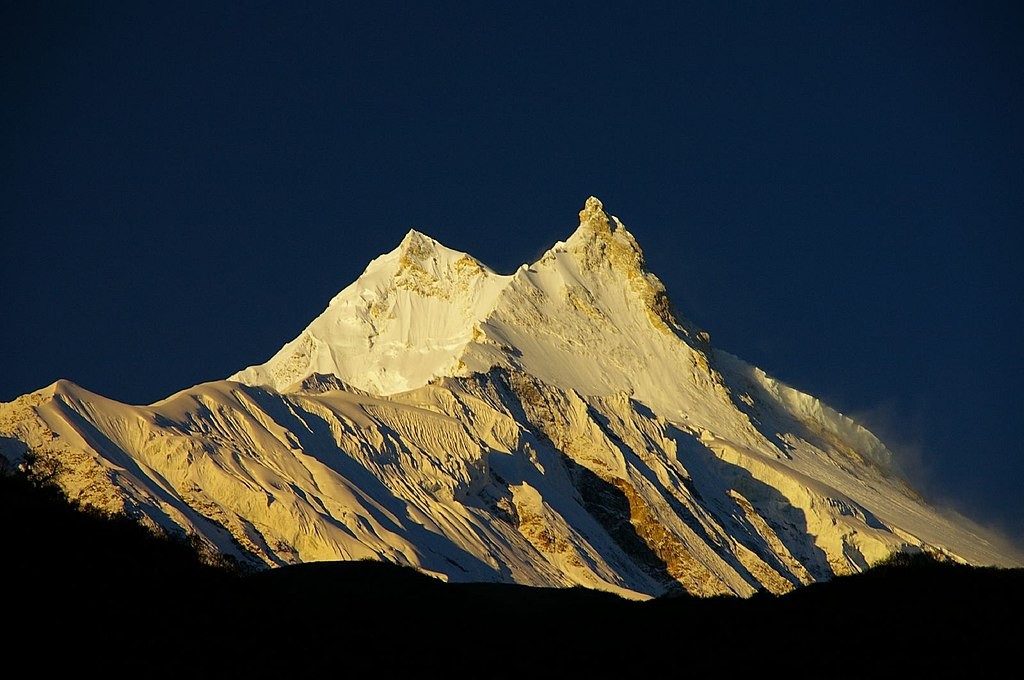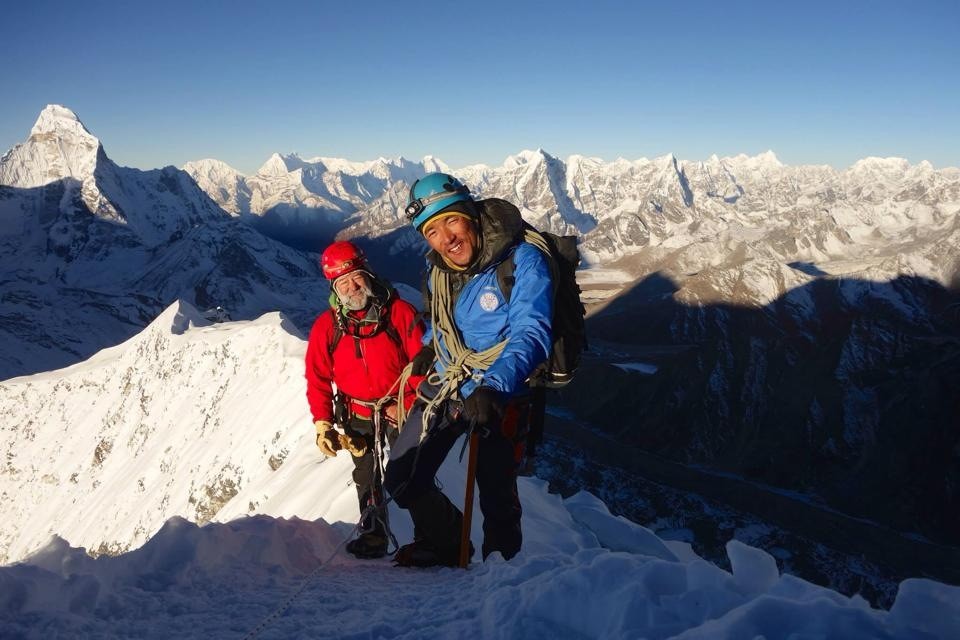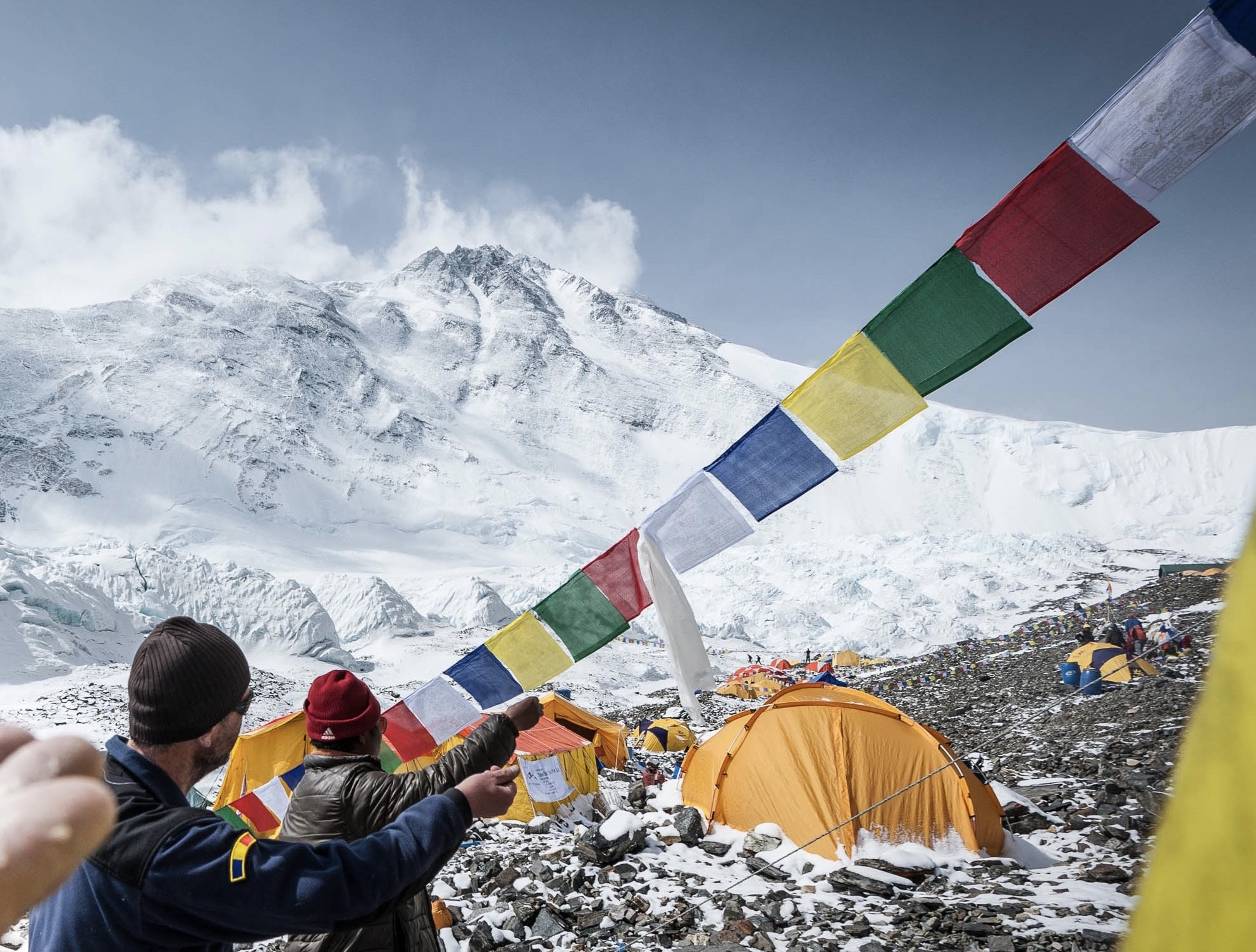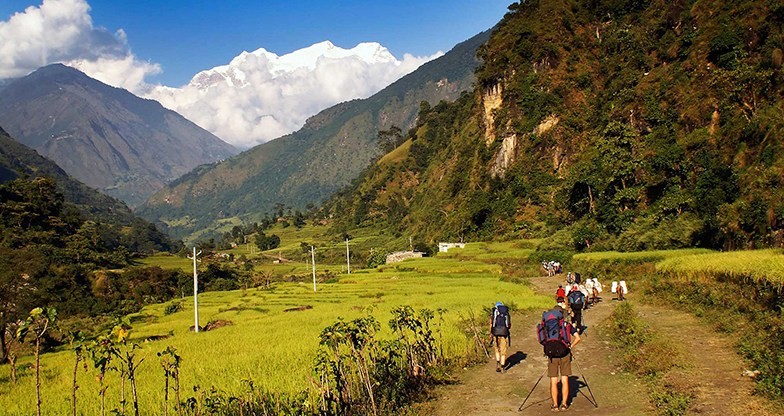

The Manaslu Expedition is an incredible adventure in the Manaslu region of Nepal. It's known for its stunning views, diverse landscapes, and challenging terrain. The trek takes you through remote villages, lush forests, and high mountain passes. It's a great opportunity to experience the beauty of the Himalayas and immerse yourself in the local culture.
The Manaslu region is filled with breathtaking highlights! One of the main attractions is Mount Manaslu itself, the eighth highest mountain in the world. The trek offers stunning views of snow-capped peaks, including Himalchuli, Ngadi Chuli, and Ganesh Himal. You'll also get to explore picturesque villages like Samagaon and Samdo, with their unique Tibetan culture and architecture. Don't miss the chance to visit the stunning Birendra Lake and the awe-inspiring Larkya La Pass. These are just a few of the many highlights waiting for you in the Manaslu region!
The best time to do the Manaslu Expedition is during the autumn (September to November) and spring (March to May) seasons. These months offer stable weather conditions, clear skies, and moderate temperatures, making it ideal for trekking. During autumn, you'll have stunning views of the mountains and colorful landscapes. In spring, the rhododendron forests are in full bloom, adding a vibrant touch to your trek. Just keep in mind that the weather can change quickly in the mountains, so always be prepared for unexpected changes. Happy trekking!

Trip Highlight
DAY
1
Arrive in Kathmandu and transfer to your hotel. Rest and prepare for the expedition.
DAY
2
Obtain necessary permits and equipment for the expedition. Attend a briefing with your expedition team.
DAY
3
Drive from Kathmandu to Soti Khola, a small village located at an altitude of 700m. The drive takes around 8-9 hours.
DAY
4
Trek from Soti Khola to Machha Khola, following the Budhi Gandaki River. The trek takes around 5-6 hours.
DAY
5
Continue trekking along the Budhi Gandaki River and reach the village of Jagat. The trek takes around 6-7 hours.
DAY
6
Trek through beautiful landscapes and cross several suspension bridges to reach the village of Deng. The trek takes around 6-7 hours.
DAY
7
Trek through dense forests and cross the Budhi Gandaki River several times before reaching the village of Namrung. The trek takes around 6-7 hours.
DAY
8
Trek through alpine forests and enjoy stunning views of Manaslu and other surrounding peaks as you reach the village of Samagaon. The trek takes around 6-7 hours.
DAY
9
Take a rest day in Samagaon to acclimatize to the high altitude. Explore the village and enjoy the beautiful surroundings.
DAY
10
Trek to Samdo, a small Tibetan refugee village located at the base of the Larkya La Pass. The trek takes around 3-4 hours.
DAY
11
Take another rest day in Samdo to further acclimatize and prepare for the upcoming high-altitude trek.
DAY
12
Trek from Samdo to Dharamsala, also known as Larkya Phedi. The trek takes around 4-5 hours and offers stunning views of the surrounding mountains.
DAY
13
Start early in the morning and cross the challenging Larkya La Pass, which stands at an altitude of 5,160m. Descend to Bimthang, which takes around 8-9 hours.
DAY
13-14
Take a rest day in Bimthang to recover from the previous day's trek and prepare for the next phase of the expedition.
DAY
15-25
Begin the ascent of Manaslu. The climbing period can vary depending on weather conditions, team strength, and acclimatization. This period includes establishing higher camps, acclimatization rotations, and the final summit push.
DAY
26-28
Descend from the summit of Manaslu to Bimthang. The descent can take a few days, depending on the team's pace and weather conditions.
DAY
29
Trek from Bimthang to Dharapani, passing through beautiful landscapes and villages. The trek takes around 6-7 hours.
DAY
30
Continue trekking and descend to the village of Jagat. The trek takes around 6-7 hours.
DAY
31
Trek from Jagat to Soti Khola, following the Budhi Gandaki River. The trek takes around 6-7 hours.
DAY
33
Take a scenic drive from Soti Khola back to Kathmandu. The drive takes around 8-9 hours.
DAY
33
Rest and relax in Kathmandu. Celebrate the successful expedition and explore the city.
DAY
34
Transfer to the airport for your departure.
Trip Start: 2024-08-01
Trip End: 2024-08-10
Fully Booked
Trip Start: 2024-08-15
Trip End: 2024-08-17
10 spots available
Having the right equipment on your Manaslu expedition will make almost as much difference to your success, safety, comfort, and enjoyment as any physical training you do. It is essential that you take the time to acquire the correct gear; don’t wait for the last minute to find out your local shop doesn’t have your size. This equipment is expensive, but you can often find great sales online and at your local gear store. The purpose of this gear list is to help guide your purchases.
This list is a guide. While you are required to bring everything on this list, there are numerous options, brands, and versions of each piece
of equipment, unless otherwise noted. Using our current suggested brand list we encourage you to shop around, do research, use your
experience and the listed features to find the best gear for you.
During your time in the mountains, you will encounter a very wide range of temperatures and weather conditions. At one end of this range is the pleasantly warm and beautiful low land, while at the other end of the spectrum is found the cold and often windy weather of the highest peaks in the world. The equipment you bring must function well in a wide variety of conditions. Your clothing should be warm, lightweight, dry quickly, and allow good freedom of movement. The layering principle, based on several thin layers of insulation
(rather than one thick one), covered with an outer weatherproof shell, meets these needs well.
A Note on Packing
For your international flights we recommend that you pack all your equipment in your two duffle bags. Do not simply pack your
backpack (since the straps can be damaged by the baggage handling machines). It is important to lock these bags for their trip.
Depending on the airport, you may be able to put your travel locks on after TSA has searched the bags. If not, Lock the bags with Zip
Ties. If the TSA cuts off the zip-tie to search your bag, they will replace it. You will still need the travel locks to lock your bags in the hotel
and during the expedition.
Generally, you will take two duffels up to Base Camp, and leave one in the hotel in Kathmandu with your belongings for your time in the
city. Your trek in duffel will only be accessible in the evenings (with items such as changes of clothing, sleeping bag), and your day pack
will hold vitals such water, layering, blister kit, and camera. Your climbing gear can be sent on up to Base Camp in a third duffel.
Climbing Equipment
Technical Clothing
Handwear
Headwear
Personal Equipment
Note: This list is only a guide. We have included recommendations on certain clothing and equipment based on our experience.
1
This expeditions are within extreme high altitude environments, with differing requirements for ability. Due to the nature of these operational landscapes it is essential you provide concise, honest descriptions of relevant experience and current fitness levels
2
Attempting any 8,000m peak is a significant endeavour, but our team will help put the peak of Manaslu within reach. We would expect anyone joining this expedition to have summited multiple 6,000m and 7,000m peaks.


